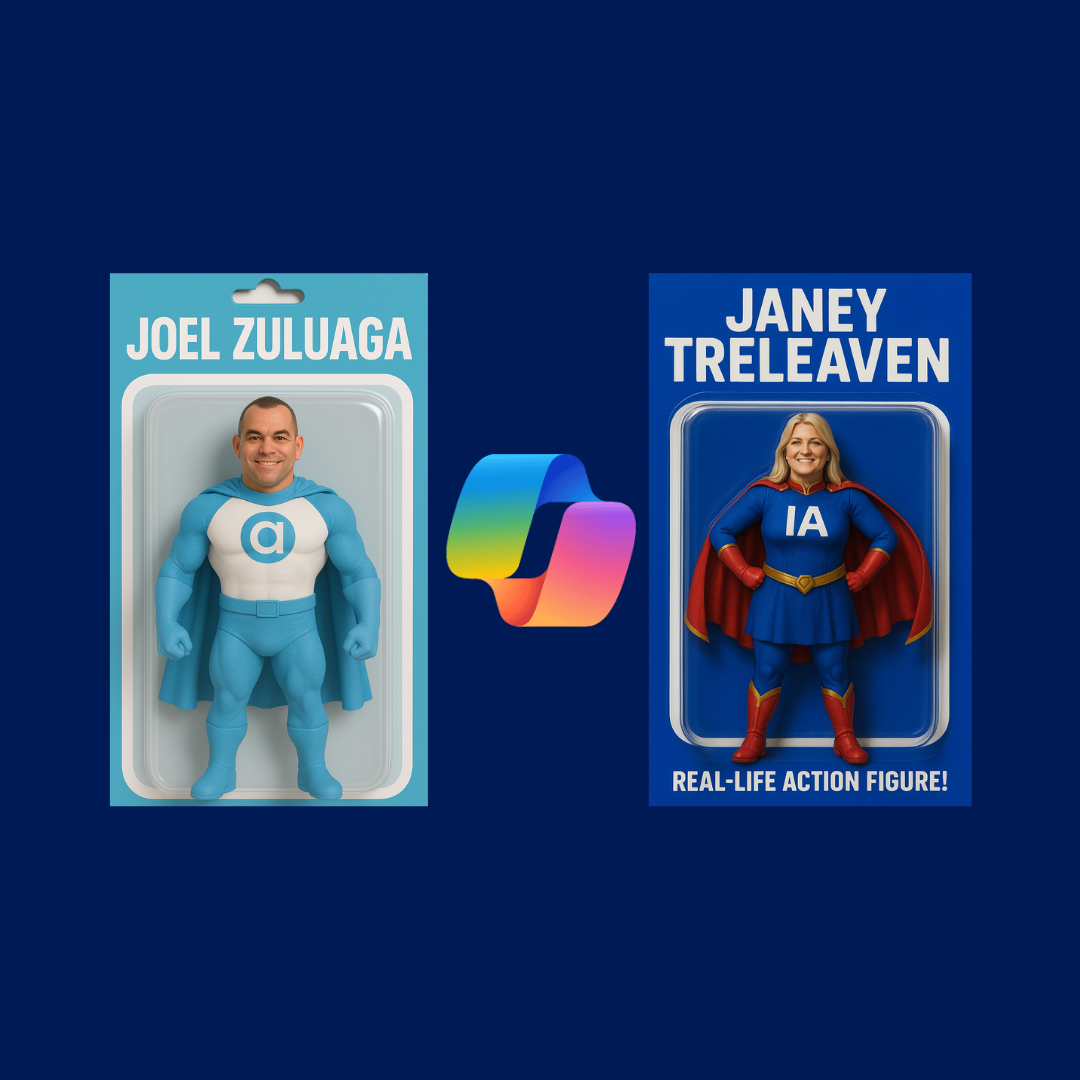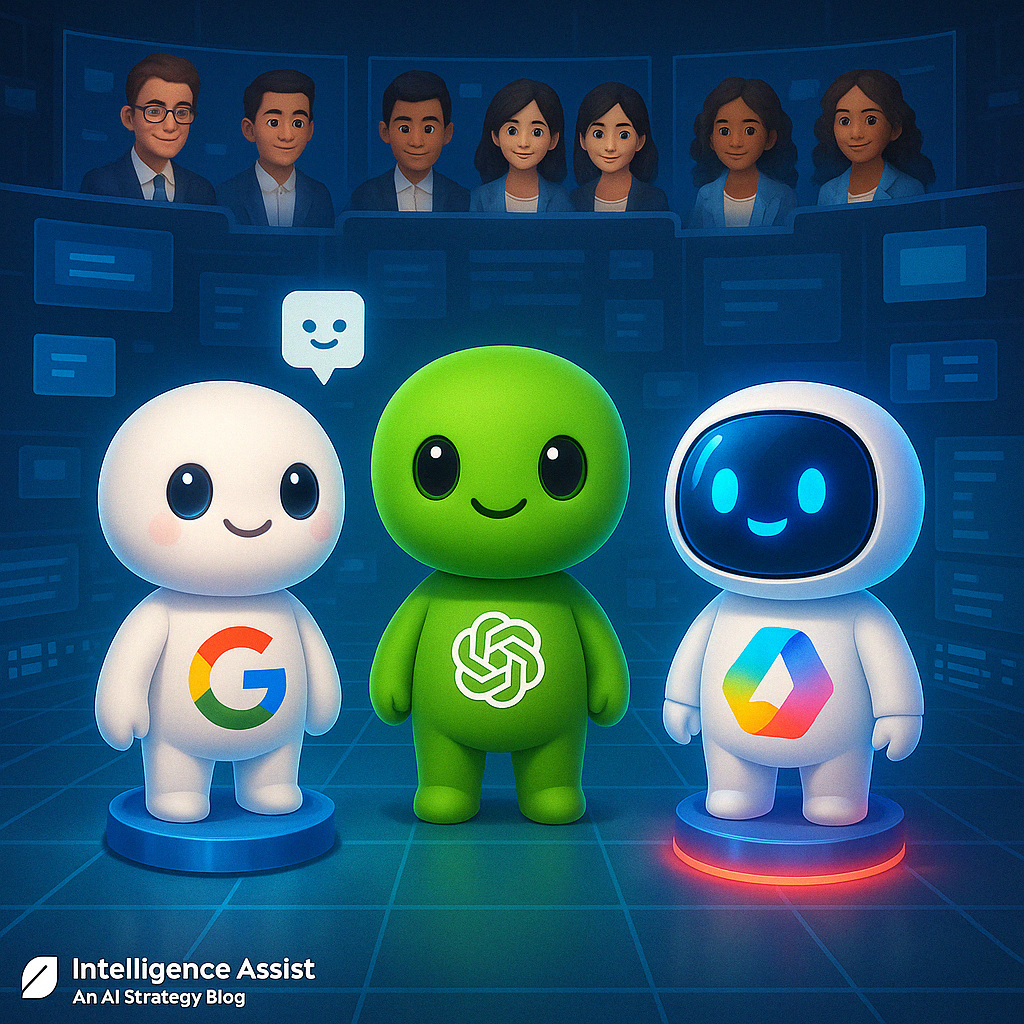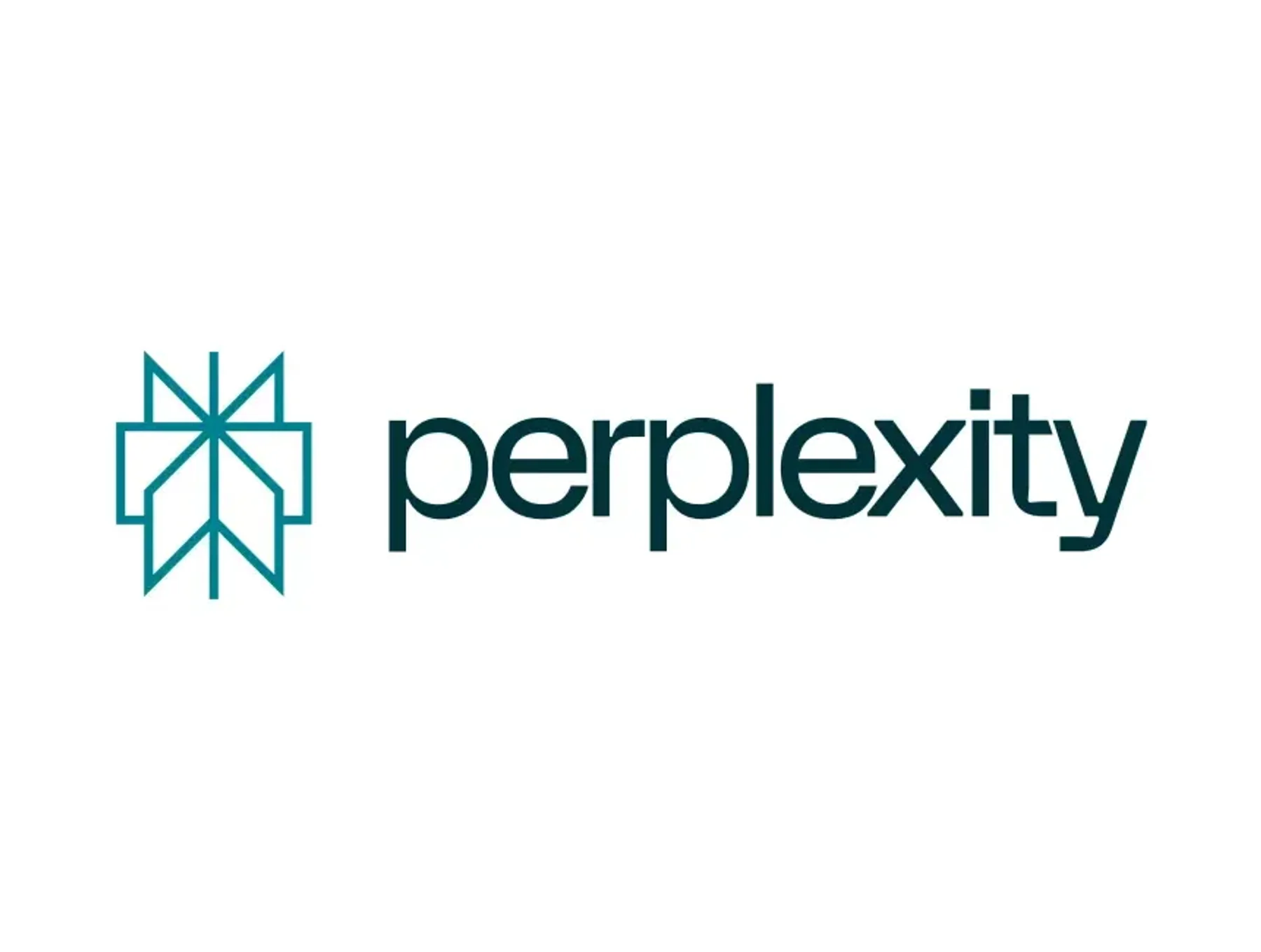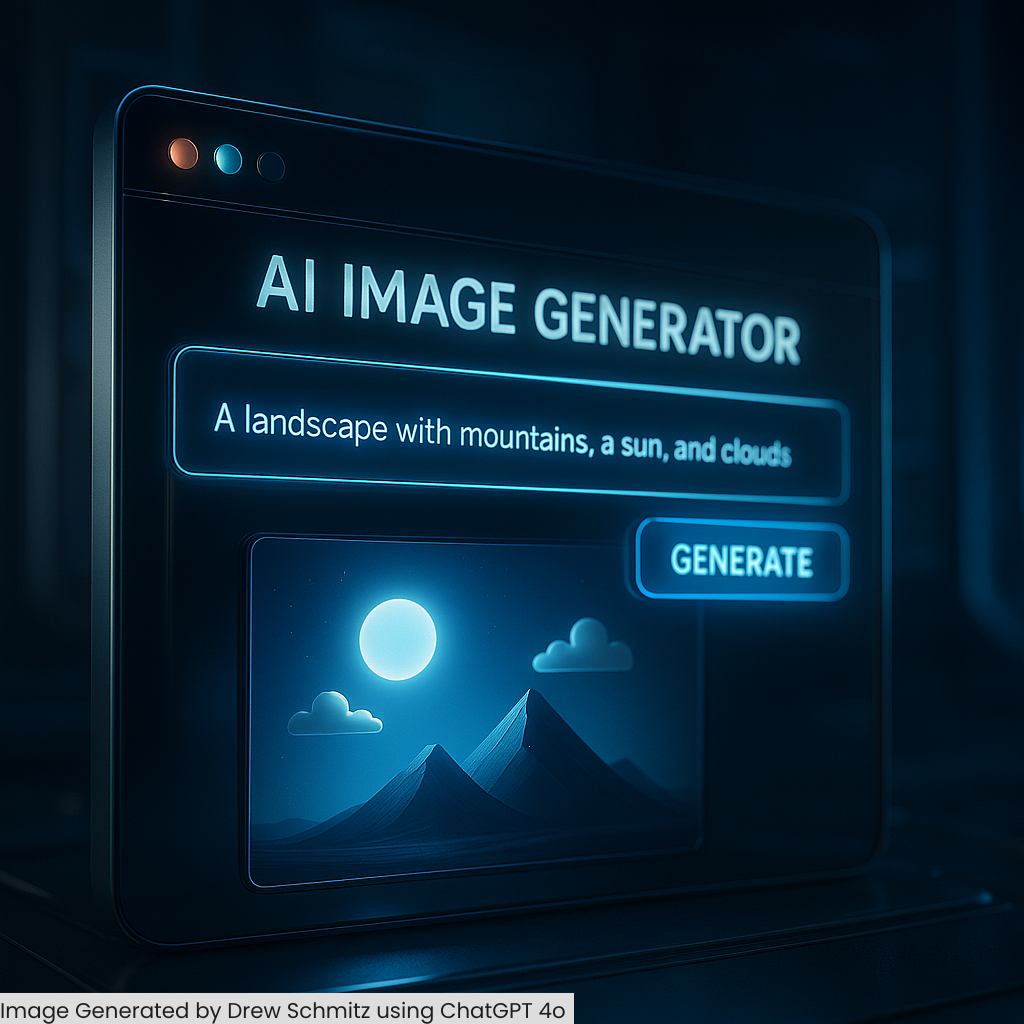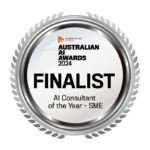TLDR
Despite the hype, AI time tracking tools aren’t living up to expectations, with many products falsely claiming AI capabilities. After evaluating numerous tools against seven key criteria (AI capability, user experience, accuracy, privacy, growth potential, implementation, and cost), only two stood out: Timely and Toggl Track. Both offer solid multi-platform support and privacy features starting at $10 per user/month, with Timely focusing on AI-powered automatic tracking and Toggl offering a hybrid manual/automatic approach. However, the overall state of AI in time tracking still needs significant improvement before it can truly transform business time management.
Written by Issey Stevens, AI Solutions Engineer – with help from Claude AI engine
Are you amongst the many of us that loathes the idea of time sheeting and logging in your hours? Given how much AI has revolutionised numerous other business processes, I was hoping to find more out there that reduced effort, improved employee experiences and increased accuracy of collected data through AI enabled time sheeting. As an AI Solutions Engineer at Intelligence Assist, I’ve spent considerable time investigating AI-powered time tracking solutions, and the results are somewhat sobering.
Our Evaluation Framework
To systematically assess each time tracking tool, we developed a comprehensive set of criteria that went beyond simple feature checklists. Our evaluation framework focused on seven key areas:
1. AI Capability
- Background monitoring of user activity
- Learning and integration capabilities with calendars and historical timesheet data
- Predictive analytics and optimisation recommendations
- Quality of insights and reporting
2. User Experience
- Control over AI monitoring (ability to toggle on/off)
- Availability of manual tracking options
- Interface intuitiveness and flexibility
3. Accuracy
- Management of inaccurate or incorrect recordings
- Manual adjustment capabilities for both employees and managers
- Consistency in time tracking across different scenarios
4. Security and Privacy
- User control over monitored activities
- Granular privacy settings
- Administrator access controls
- Data protection measures
5. Growth Potential
- Integration capabilities with other applications
- Compatibility with productivity tools
- Financial system integration
- Project management tool integration
6. Implementation and Maintenance
- Cross-device accessibility
- Calendar integration
- Ease of setup and ongoing maintenance
- Training requirements
7. Cost
- Pricing structure
- Value for money
- Hidden costs
- Scalability of pricing
The Current State of AI Time Tracking
Despite the promise of AI to streamline and automate business processes, the reality of AI time tracking tools reveals some significant limitations. Here’s what we found:
“AI” Often Means No AI At All
One of our most striking findings was that many tools claiming to use “AI” actually contained no artificial intelligence at all. These marketing claims often disguised what were essentially traditional time tracking tools with basic automation rules. This “AI-washing” makes it harder for businesses to identify truly innovative solutions and sets unrealistic expectations about the capabilities of these tools.
Automation Isn’t Quite “Automatic”
Even in tools that do implement genuine AI capabilities, the promise of automatic time capture and categorisation often falls short. While these tools can detect computer activity and associate it with specific applications or projects, they frequently require significant user correction and categorisation.
Context Understanding Remains Limited
One of the biggest challenges for AI time tracking tools is understanding context. For example, while an AI can detect that you’re using Slack, it struggles to differentiate between project-related discussions and general team communication. This often leads to either over-categorisation (marking all communication as billable time) or under-categorisation (missing important project-related discussions).
Integration Challenges
While many tools offer API connections and integrations with popular project management platforms, the AI components often don’t translate well across different systems. This can result in fragmented data and incomplete insights.
Top Tools Review
After evaluating numerous time tracking solutions against our framework, two tools stood out from the pack: Timely and Toggl Track. Both solutions excel in key areas, particularly user privacy and multi-platform support, though they take different approaches to time tracking.
Timely: AI-Powered Automatic Tracking
Timely approaches time tracking with a focus on automation and user privacy. Here’s what sets it apart:
- Automatic Memory Tracking: Uses background software to monitor desktop activity seamlessly
- User Privacy Control: Employees maintain control over which “memories” appear on timesheets
- AI-Generated Timesheets: Leverages AI to generate timesheets based on approved tracking data
- Cross-Platform Support: Available on iOS, Android, and desktop
- Pricing: Paid plans start at $10 per user per month
The standout feature of Timely is its balance between automation and user privacy. While the tool monitors activity comprehensively, users retain control over what information makes it to their timesheets, addressing a key concern in automated time tracking.
Toggl Track: Flexible Hybrid Approach
Toggl Track offers a more flexible approach, combining manual and automatic tracking options:
Dual Tracking Methods:
- Manual clock timer for direct time logging
- Automatic tracking based on web and app usage
Calendar Integration: Can track time directly from Google Calendar events
Multi-Platform Availability: Accessible on iOS, Android, and desktop
Pricing Options:
- Free tier available for up to 5 users with limited features and integrations
- Paid plans start at $10 per user per month
Toggl Track’s strength lies in its flexibility, allowing teams to choose between manual and automatic tracking methods based on their preferences and needs.
How They Stack Up
Both tools demonstrate strengths in our key evaluation criteria:
- AI Capability: Timely shows stronger AI implementation in its automated memory tracking and timesheet generation, while Toggl focuses on smart automation of manual processes
- User Experience: Both prioritise user control and flexible tracking options
- Security and Privacy: Strong emphasis on user privacy and data control in both tools
- Growth Potential: Both offer robust integration capabilities with other business tools
- Implementation: Cross-platform support and straightforward setup processes make both tools accessible
Why This Matters
When evaluating tools against our framework, several concerning patterns emerged that have real implications for businesses:
- Productivity Impact: Instead of reducing administrative burdens, some AI solutions increase it through the need for constant corrections and categorisation. Many tools failed to provide the seamless experience promised in their marketing materials.
- Data Quality Issues: While most tools offered basic time tracking functionality, their AI capabilities often introduced new accuracy problems. Inaccurate or incomplete time tracking data can lead to poor resource allocation and project planning decisions.
- Privacy vs Functionality Trade-offs: Tools that performed well in AI capabilities often raised privacy concerns, while those with strong privacy features typically offered limited AI functionality.
- Integration Limitations: Many tools marketed themselves as all-in-one solutions but struggled to deliver meaningful integration with existing business systems.
- ROI Concerns: The investment in AI time tracking tools might not deliver the expected returns if the technology requires significant human oversight and manual correction.
Looking Forward: What Needs to Change
Based on our investigation, here are the key areas where AI time tracking needs to improve:
1. Better Contextual Understanding
Future AI time tracking tools need to develop more sophisticated understanding of work contexts, perhaps through:
- Natural language processing of communication content
- Pattern recognition across multiple applications
- Learning from user behaviour and corrections
2. Improved Integration Capabilities
The next generation of AI time tracking should offer:
- Seamless cross-platform tracking
- Better understanding of workflow contexts
- Real-time synchronisation across tools
3. Enhanced Predictive Capabilities
To truly add value, AI time tracking should:
- Predict project timelines based on historical data
- Identify potential resource constraints before they occur
- Suggest optimal resource allocation
Recommendations for Businesses
Given the current state of AI time tracking, here’s what we recommend:
- Start Small: Don’t try to implement AI time tracking across your entire organisation at once. Begin with a small team or specific project type.
- Focus on Integration: Choose tools that integrate well with your existing systems, even if their AI capabilities are more limited.
- Maintain Human Oversight: Keep human judgement in the loop, particularly for client billing and resource allocation decisions.
- Monitor ROI: Carefully track the time spent managing and correcting AI time tracking tools versus the benefits they provide.
Conclusion
While AI has transformed many aspects of business operations, time tracking remains a challenge that current AI solutions haven’t fully cracked. The good news is that the technology is evolving rapidly, and we expect significant improvements in the coming years. For now, businesses should approach AI time tracking tools with realistic expectations and a clear understanding of their limitations.
At Intelligence Assist, we’ll continue monitoring developments in this space and update our recommendations as the technology evolves. Stay tuned for more detailed reviews of specific tools and updated insights as the landscape changes.
Appendix – Tools considered but failed on Criteria
- ClickUp
- Harvest
- Clockify
- RescueTime
- Rize
- Hubstaff
- MonitUp
- TimeOS
- Clockk
- Clockwise


